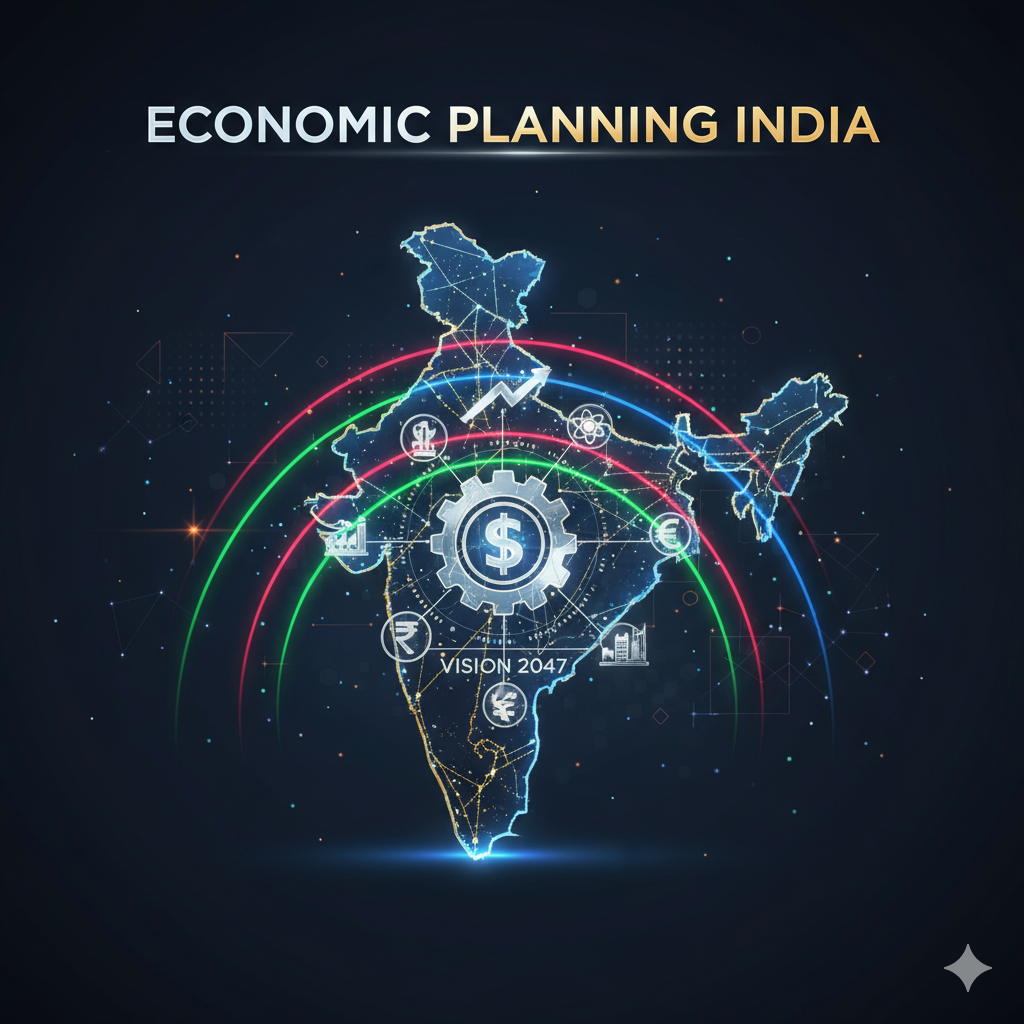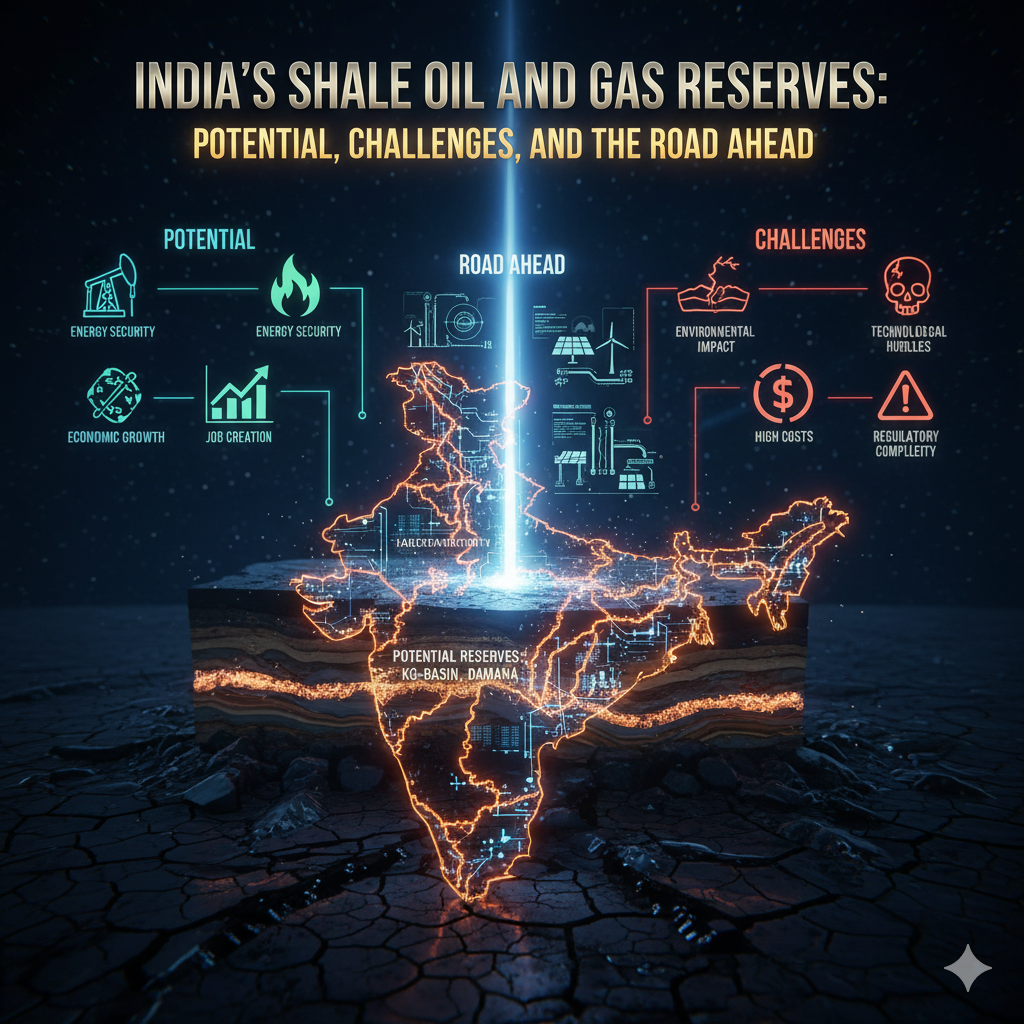Introduction
In agriculture, timing is everything. When to sow, irrigate, apply fertilizers, or harvest often depends on one critical factor: the weather. For farmers, especially in countries like India where over 60% of agriculture is rain-fed, weather uncertainty is a constant challenge. Unseasonal rains, droughts, hailstorms, and heatwaves can wipe out an entire crop cycle and devastate livelihoods.
To combat this, modern weather forecasting technologies are offering powerful solutions. With accurate, timely, and location-specific weather predictions, farmers can make smarter, more informed decisions. This article explores the evolution, types, benefits, and challenges of weather forecasting technologies in the agricultural sector.
🌦️ Why Weather Forecasting Matters in Agriculture
Agriculture is one of the most climate-sensitive sectors. Even minor fluctuations in temperature, rainfall, or humidity can impact:
- Crop yield
- Pest and disease outbreaks
- Soil health
- Irrigation needs
- Harvest scheduling
A well-informed farmer can:
- Avoid crop damage
- Save input costs
- Optimize labor and machinery use
- Maximize profits
In essence, weather forecasting is climate risk management for farmers.
🛰️ Types of Weather Forecasting Technologies
Weather forecasting is no longer just about radio bulletins or newspaper updates. Today’s technologies use satellites, sensors, artificial intelligence, and even smartphones to deliver hyper-local and real-time data.
Let’s explore the major types:
1. Satellite-Based Remote Sensing
- Uses data from weather satellites (like ISRO’s INSAT or NASA’s Terra and Aqua)
- Monitors:
- Cloud patterns
- Rainfall prediction
- Vegetation cover
- Sea surface temperatures
- Applications:
- Crop monitoring
- Drought and flood prediction
- Seasonal forecasting
🔍 Example: India’s Meteorological Department (IMD) uses INSAT-3D and INSAT-3DR satellites for real-time weather monitoring.
2. Numerical Weather Prediction (NWP) Models
- These are complex mathematical models run on supercomputers
- Simulate atmospheric changes over time based on current weather data
- Can provide medium to long-range forecasts (3–15 days ahead)
🌐 Common NWP models:
- Global Forecast System (GFS)
- European Centre for Medium-Range Weather Forecasts (ECMWF)
- India’s own NWP system by IMD
3. Automated Weather Stations (AWS)
- Ground-based instruments installed in fields or rural areas
- Measure real-time data on:
- Rainfall
- Temperature
- Humidity
- Wind speed and direction
- Soil moisture
- Data is sent to central servers and used for localized forecasting
📍 Example: Mahalanobis National Crop Forecast Centre (MNCFC) manages AWS for district-level forecasting.
4. Doppler Weather Radar Systems
- Use radar waves to monitor precipitation, wind patterns, and storm activity
- Critical for:
- Nowcasting (short-term forecasts of 0–6 hours)
- Predicting extreme weather events (cyclones, thunderstorms)
⚡ Example: IMD’s Doppler Radar Network covers cyclone-prone coastal zones for early warnings.
5. Mobile and Digital Advisory Platforms
- Provide localized weather forecasts directly to farmers’ phones via:
- SMS
- Voice messages (IVRS)
- Mobile apps
📱 Popular apps:
- Kisan Suvidha (Govt. of India)
- Skymet Weather
- Agribazaar
- IFFCO Kisan
- RML AgTech
Many of these platforms also provide agronomic advice based on forecasted weather.
6. AI and Machine Learning-Based Forecasting
- AI models use historical weather data + real-time inputs to predict:
- Crop suitability
- Pest outbreaks
- Micro-climate effects
- AI adapts models continuously for accuracy and personalization
🤖 Example: IBM’s Watson Decision Platform for Agriculture offers hyper-local, AI-powered forecasts for farmers globally.
7. Crowdsourced Weather Data
- Farmers contribute observations via mobile apps or IoT devices
- Helps validate forecasts with local insights
- Builds community-driven weather intelligence
🌾 Example: “mKrishi” by TCS lets farmers report weather events from the field.
🌱 Benefits of Weather Forecasting for Farmers
- Improved Crop Planning
Farmers can choose the right planting time based on monsoon arrival and soil moisture. - Efficient Irrigation
Forecasts help avoid overwatering or underwatering crops. - Reduced Input Wastage
Fertilizers and pesticides are applied only when needed. - Disaster Preparedness
Early warning systems save crops, livestock, and even human lives. - Higher Yields and Income
Better decision-making translates to better productivity and profitability. - Sustainable Resource Use
Supports water and soil conservation by avoiding guesswork.
📊 Real-World Use Cases in India
🌾 1. Skymet Weather for Small Farmers
- Skymet provides satellite-based forecasts in multiple Indian languages
- Partnered with insurance companies for weather-index-based crop insurance
🌾 2. Fasal App (Agri AI Startup)
- Uses microclimate sensors in the field
- Helps grape and pomegranate farmers reduce pesticide use by 50%
🌾 3. IMD’s Agromet Advisory Services (AAS)
- Delivers weather-based farm advisories to over 40 million Indian farmers
- Covers over 6,000 blocks with localized data
📉 Challenges in Weather Forecasting for Agriculture
Despite technological advancements, several issues remain:
| Challenge | Impact |
|---|---|
| Limited accuracy at micro-scale | May mislead farmers if forecasts are incorrect |
| Language and literacy barriers | Many farmers can’t read or interpret forecast data |
| Poor internet or mobile access | Especially in remote villages |
| Low adoption of apps/tools | Due to trust issues or unfamiliarity |
| High cost of private forecasting tools | Limits access to small/marginal farmers |
🛠️ Solutions and Policy Recommendations
- Localization of Forecasts
Build more AWS and IoT stations for panchayat-level predictions. - Farmer Education and Training
Use radio, local languages, and visual guides to teach farmers how to read and use forecasts. - Public-Private Partnerships (PPP)
Collaborate with startups for innovation and outreach. - Subsidized Access to Technology
Make devices and apps affordable for smallholders. - Integration with Crop Insurance
Real-time weather data should power payout mechanisms under PMFBY (Pradhan Mantri Fasal Bima Yojana). - Open-Source Weather Data Policy
Enable researchers, developers, and startups to access real-time IMD data freely.
🌍 Global Perspectives and Innovations
- USA: NOAA provides farmers with advanced forecasting and drought monitoring
- Africa: Digital Green & CGIAR use AI to develop community forecasts
- Japan: Uses IoT drones for hyper-local crop monitoring
- Brazil: Agroclimatic zones mapped via satellite for climate-resilient crop selection
India can adapt and localize these global solutions to suit its unique climate and farming structure.
📚 Educational and Research Value
Students, agri-scientists, and institutions can study:
- The accuracy of different forecasting models
- Impact on decision-making behavior
- Integration of weather data with crop simulation models
- Forecasting impact on yield and farm economics
✅ Conclusion
As climate change amplifies the risks to agriculture, weather forecasting technologies have become indispensable tools for farmers. From satellites to sensors, and AI to mobile apps, these technologies are transforming Indian farming into a more climate-smart, informed, and resilient system.
However, the key lies in democratizing access, building trust through education, and enabling farmers to take the right action at the right time. Forecasting alone cannot change outcomes—informed action does.




